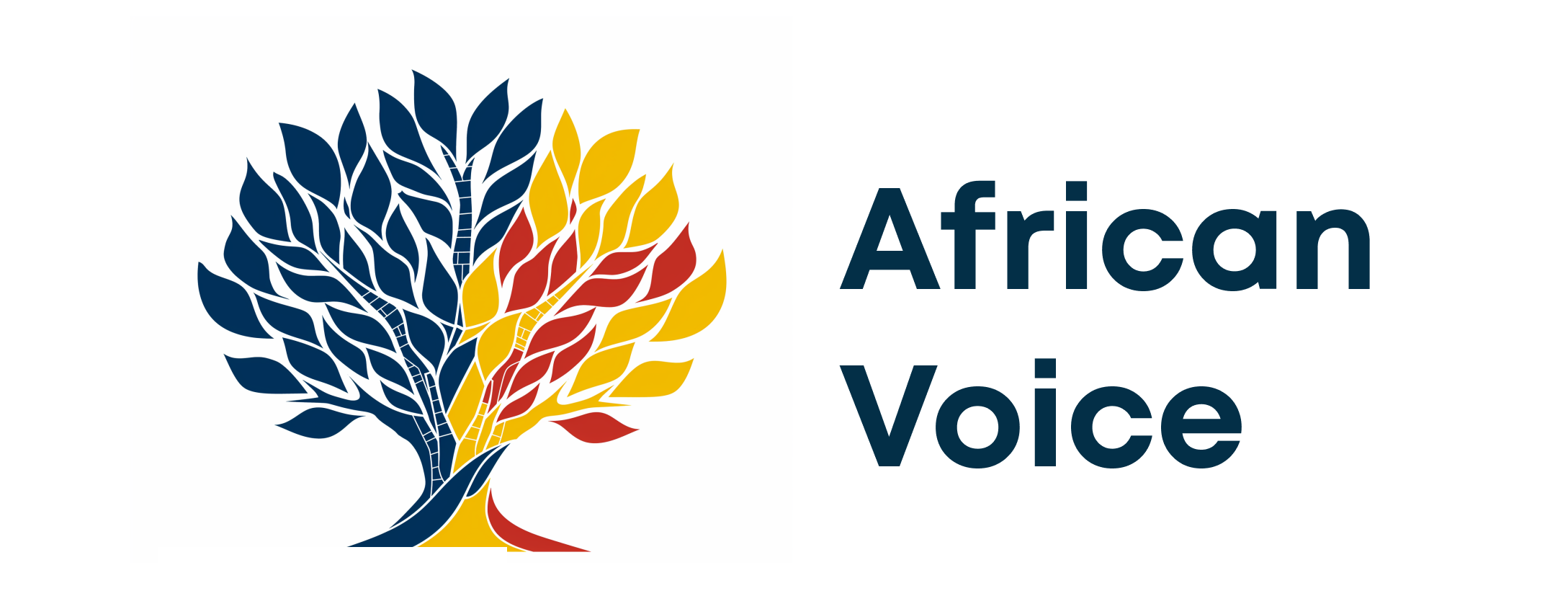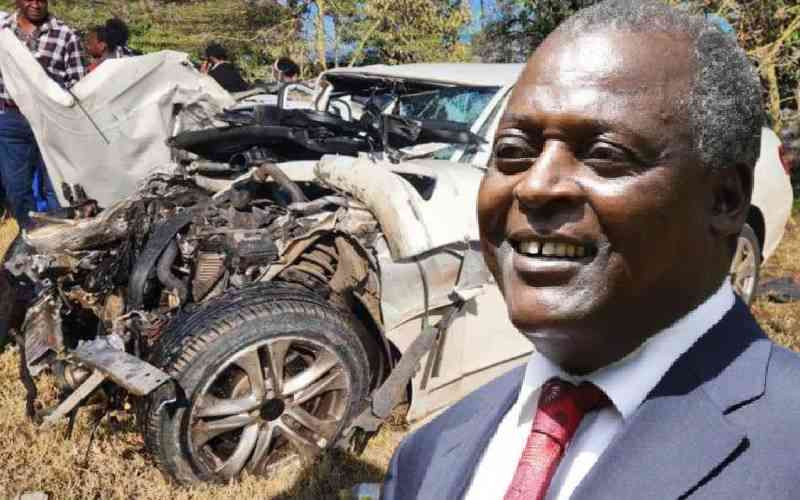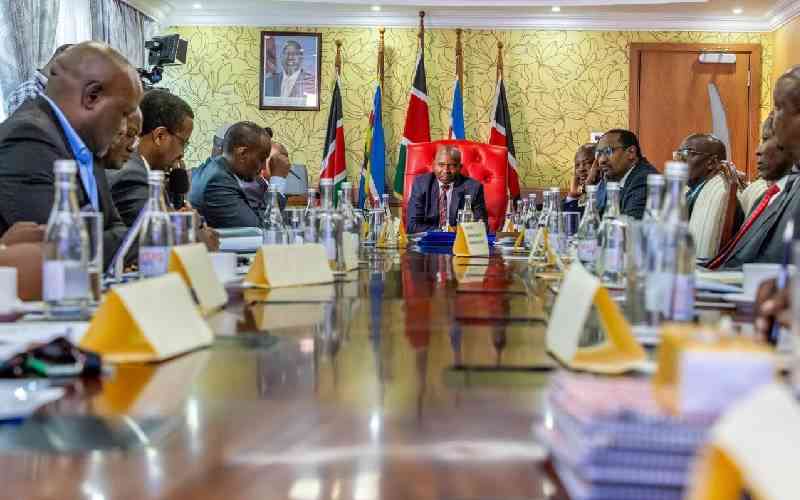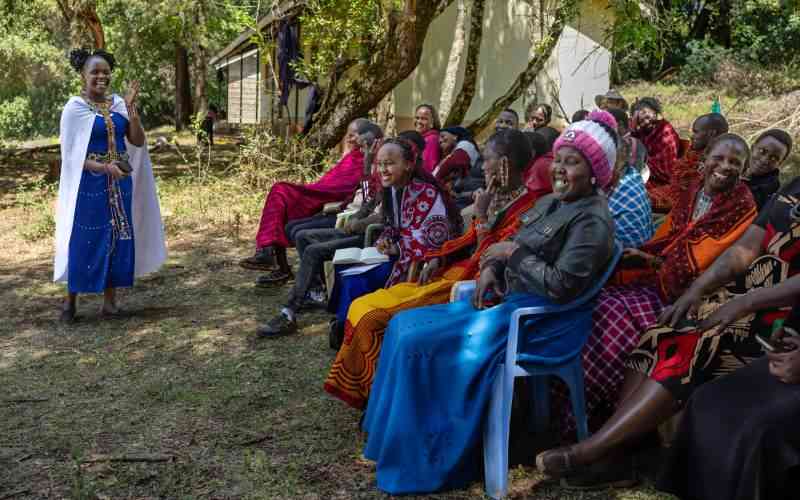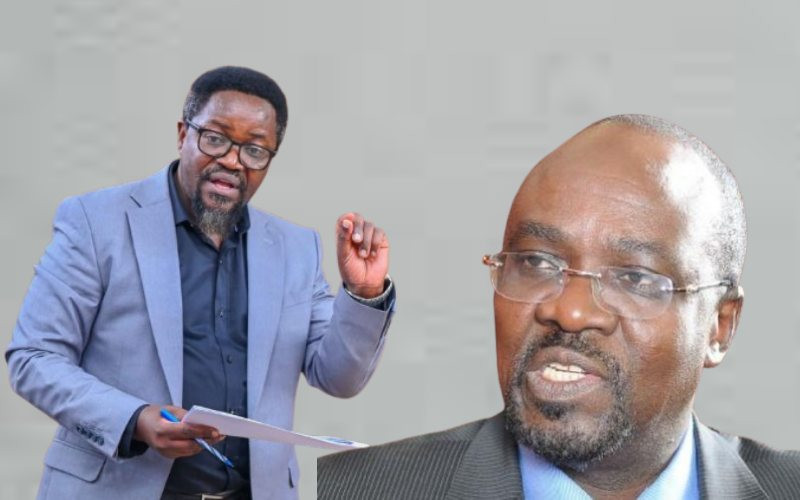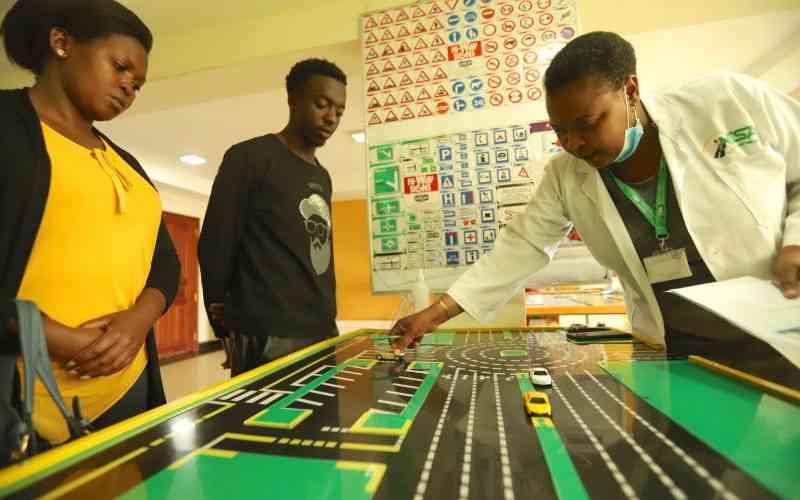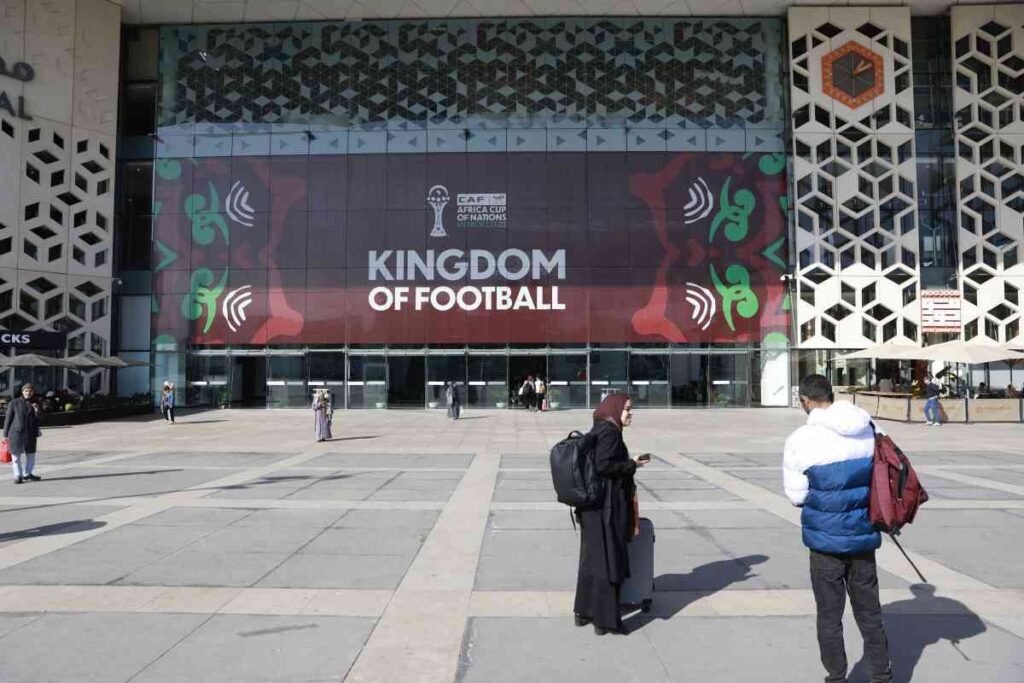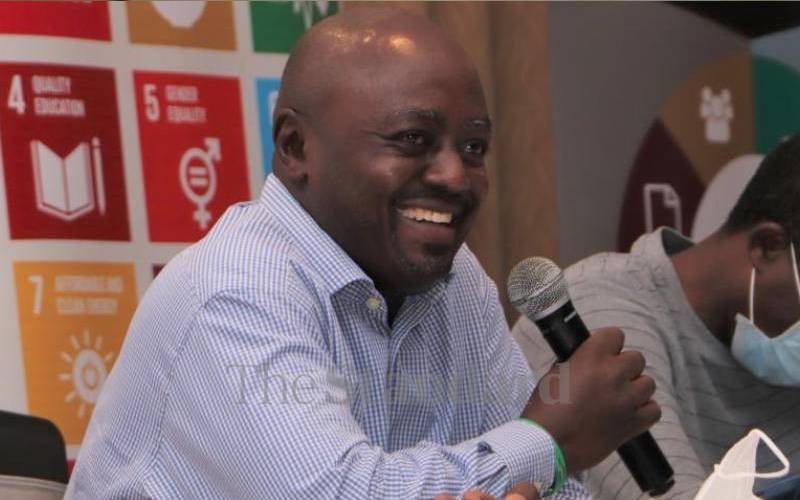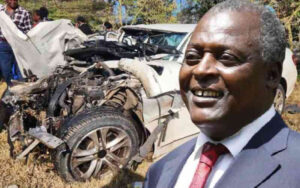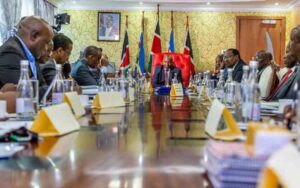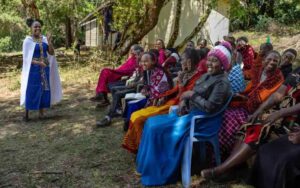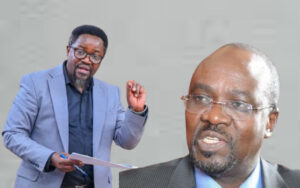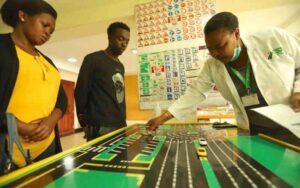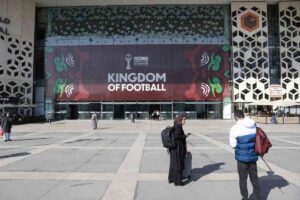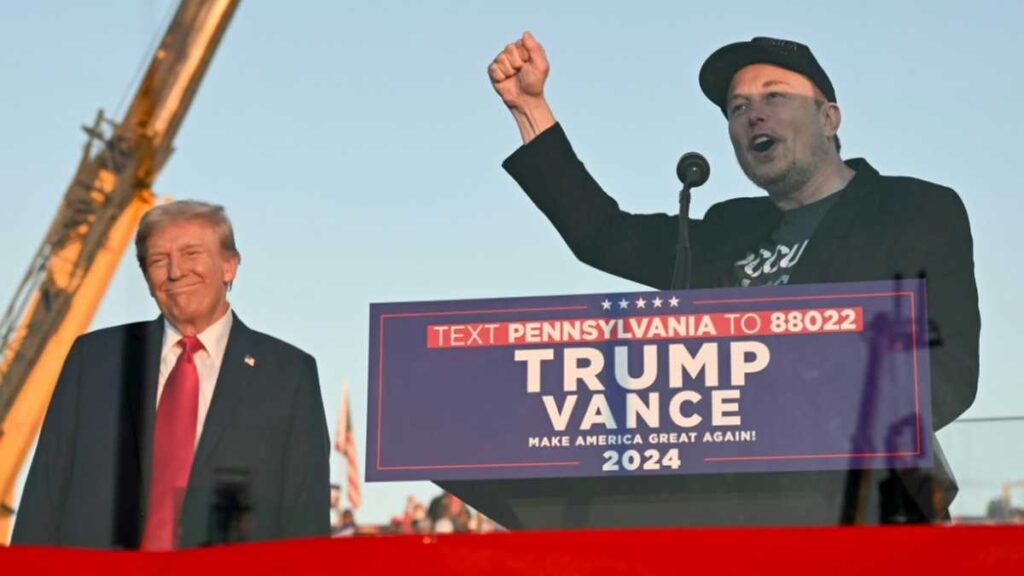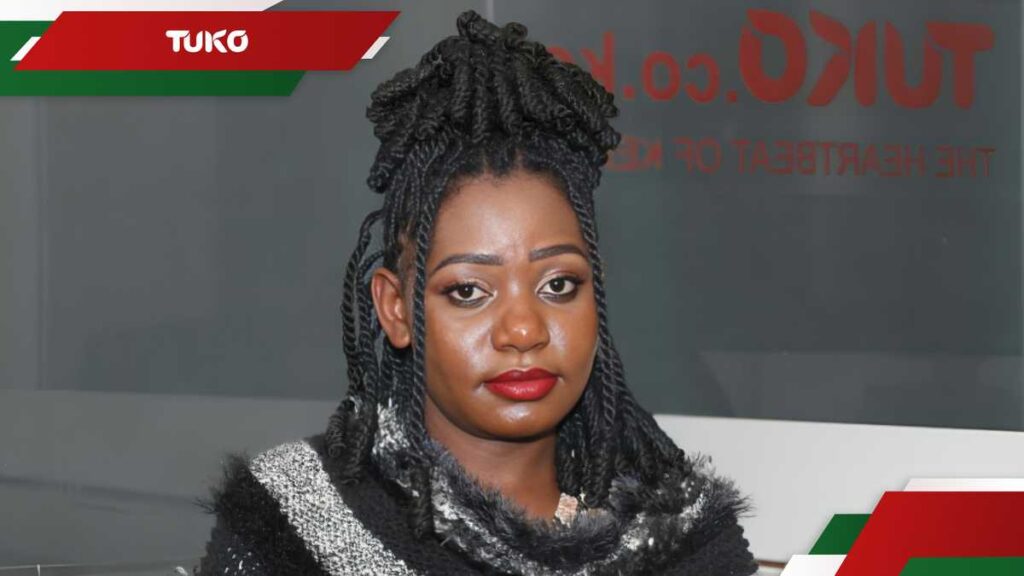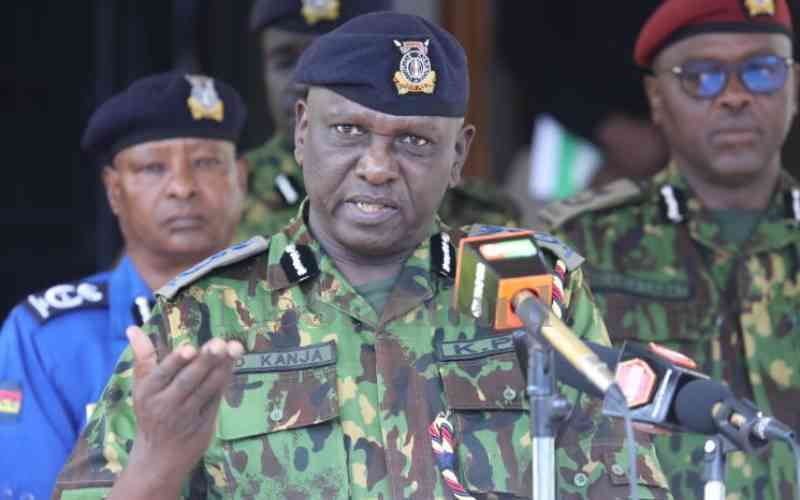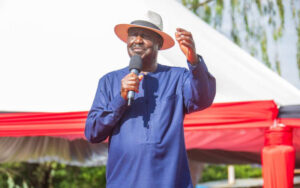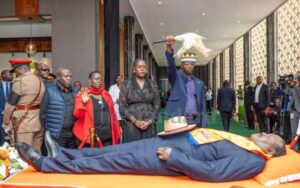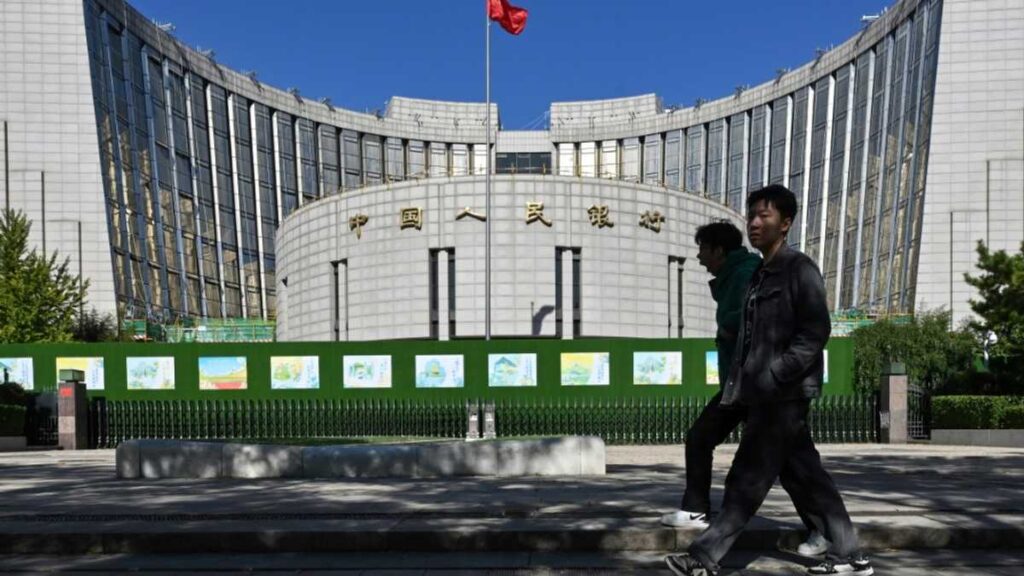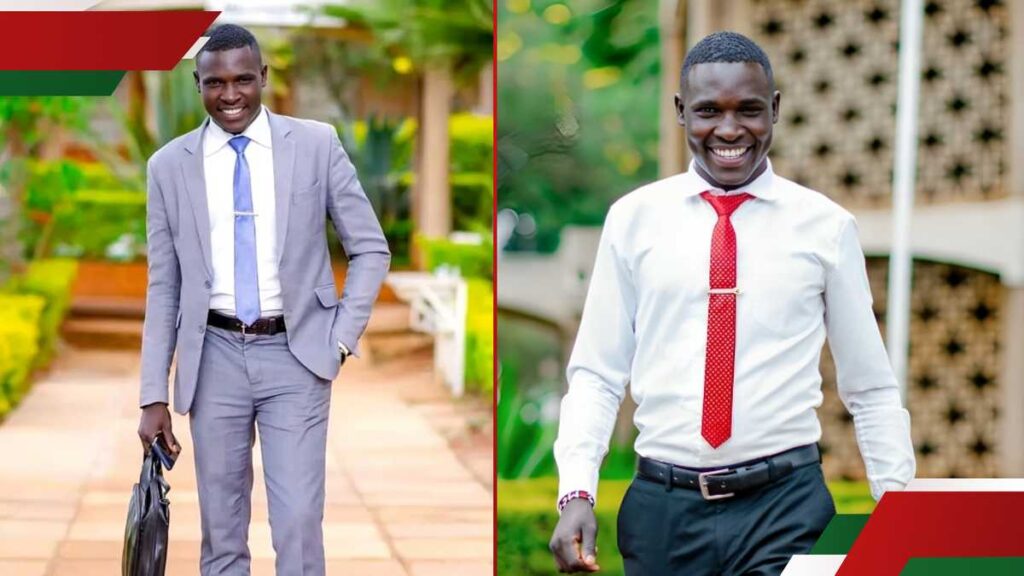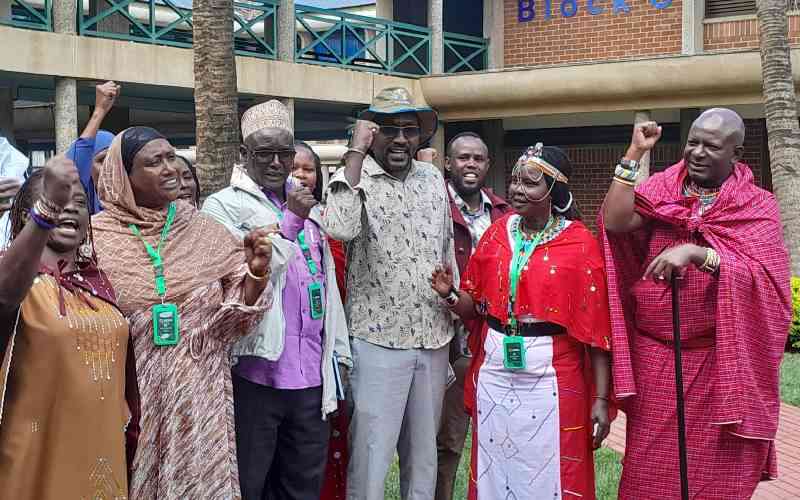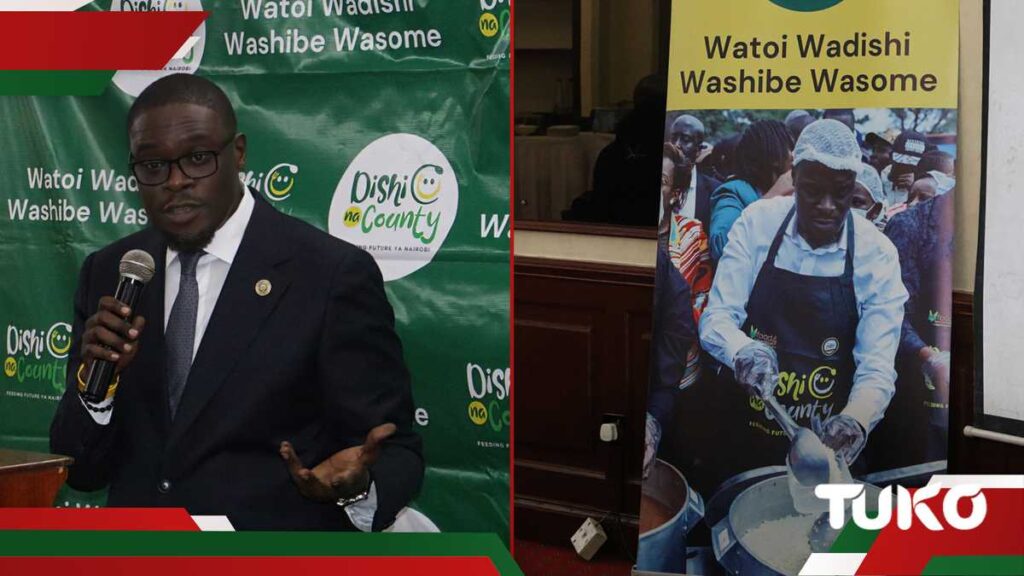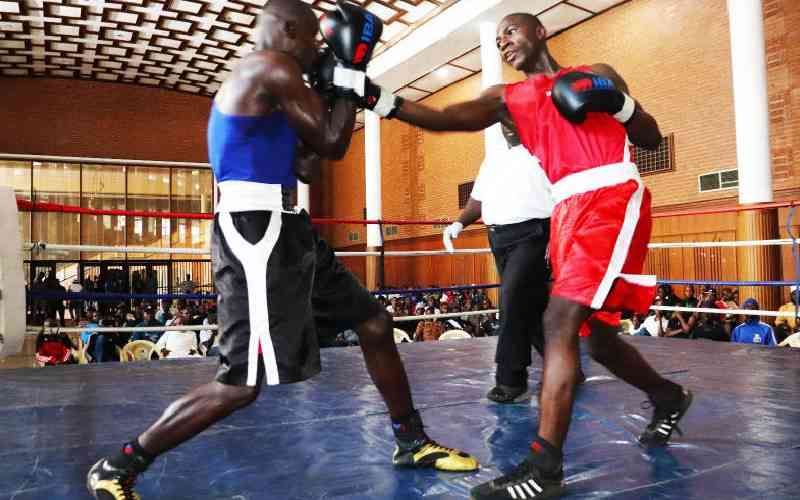While many have and continue to celebrate the late Raila Odinga for his sustained legacy in democracy, he also championed for the economic wellbeing of the country.
He will be remembered as one together with the late President Mwai Kibaki, who came up with the Kenya Vision 2030.
This was done when he was the Prime Minister in the Grand Coalition with Kibaki from 2008 to 2013.
He has also served as Minister of Roads, Public Works and Housing between 2003 to 2005 and Minister for Energy between 2001 to 2002.
According to Kenneth Mwige, director general Kenya Vision 2030 Delivery Secretariat, Odinga’s legacy spans across the struggle for democracy, the advancement of national development and the pursuit of a united, just, and prosperous Kenya.
“Odinga was not only a transformational leader, but also a true statesman, a father, a brother, and a friend to many across the globe. His story is one of resilience, leadership, and an enduring commitment to nationhood. His tenure as Minister for Energy (2001–2002) saw significant liberalization of the sector and foundational steps toward rural electrification; a critical development enabler,” said Mwige in a statement sent to newsrooms.
He added: “As Minister for Roads, Public Works, and Housing in 2003, Raila oversaw critical upgrades to Kenya’s road infrastructure, setting the stage for projects that would later become central to Vision 2030.”
It is Kibaki, Odinga, former Vice-President Kalonzo Musyoka and former Planning Minister Wycliffe Oparanya (now Cabinet Secretary for Co-operatives and Micro, Small and Medium Enterprises) when they unveiled the Vision 2030 logo at Kenyatta International Convention Centre (KICC) in 2008.
Mwige said Odinga was not just a political leader but a visionary who helped shape the very foundations of modern Kenya.
In 2006, as a key figure in the establishment of the National Economic and Social Council (NESC), he said Raila played a pivotal role in conceptualising and guiding the economic framework that would evolve into Kenya Vision 2030; the country’s bold blueprint for transforming into a middle income, industrializing nation.
“Through NESC, he championed long-term thinking in public policy, economic reform, and inclusive planning, anchoring development in sustainability and national cohesion,” said Mwige.
He said it was during his tenure as Prime Minister that he made some of his most lasting contributions to Kenya’s development journey.
“Kenya formally adopted Vision 2030, and Raila serving as one of its chief architects ensured the vision translated into action,” he said.
He said as a Prime Minister, he championed inclusive governance through a broad-based cabinet, bringing together leaders across political lines.
Stay informed. Subscribe to our newsletter
“Among them was CS Oparanya, who played a key role in aligning government policy with the goals of Vision 2030. Together, they drove transformative projects like the Thika Superhighway, expansion of the Port of Mombasa, and the groundwork for the Standard Gauge Railway (SGR); all critical infrastructure enablers of economic growth,” he said.
Mwige said Odinga also led reforms in the energy sector, expanding investment in geothermal and wind power, while extending rural electrification to connect communities and stimulate local economies.
“But for Raila, infrastructure was only part of the picture; he believed in people-centered development,” he said of Odinga, who once served as the African Union High Representative for Infrastructure Development, a post that was created in October 2018.
A staunch advocate for justice and inclusion, he said Odinga was instrumental in the passage of the 2010 Constitution, which introduced devolution; a key political pillar of Vision 2030.
Through this, he said Odinga envisioned a Kenya where counties had equal opportunity for growth, autonomy, and access to national resources.
“His vision ensured development was not concentrated in a few regions but spread equitably across the country,” said Mwige.
Mwige added that his commitment to national unity was again on full display in 2018, when he chose
peace over politics through the historic Handshake with former President Uhuru Kenyatta on March 9.
This act of statesmanship, he said, led to the Building Bridges Initiative (BBI), aimed at solving deep-rooted issues around inclusion, governance, and national cohesion; core ideals embedded in Vision 2030.
In his later years, he said Odinga championed the idea of a “Broadband Government;” a digital Kenya where technology drives governance, education, innovation and entrepreneurship.
“He envisioned a country with digitised public services, accessible healthcare, online business platforms, and youth-led innovation hubs. His foresight in the tech space laid the groundwork for platforms like e-Citizen, reinforcing his status as a forward-looking leader always preparing Kenya for the next frontier of development,” said Mwige.
He added: “True to his broad-based and inclusive approach, Raila ensured that this long-term vision would be carried forward by a new generation of leaders.”
